The Old Mill Restaurant, spa and boutique hotel is one of Toronto’s best-known dining and entertainment venues. Situated at 21 Old Mill Road, north of Bloor Street and west of Jane Street, it is located in the Humber River Valley. When the town of York (Toronto) was established, the Humber River was an important trade route. At its north end, it connected to a system of waterways that gave access to Georgian Bay, which led to the British territories to the west. Governor Simcoe ordered that a mill be constructed on the river to cut logs into timber for the town of York (Toronto). By 1834, along the banks of the Humber River, many mills were located to take advantage of the water power. They became hives of commercial activity and social events were often held within their walls. When steam power was introduced, the water mills became obsolete and during the year ahead they disappeared, most of them destroyed by fire. However, the valley remained popular as a recreational destination.
Shortly after the turn of the 20th century, Robert H. Smith purchased 3000 acres of land near the valley to create residential developments. On August 4, 1914 he opened an English-style tea garden adjacent to the ruins of one of the old mills and appropriately named it The Old Mill. Canada entered the First World War the same day the tea room was inaugurated, but events did not dampen its popularity. During the war years, it became a popular gathering place for military officers stationed in Toronto waiting to be shipped overseas to Europe. Prior to their departure, many of them danced at the Old Mill to the swinging sounds of the famous big bands of the day.
The old wooden bridge that spanned the river a short distance from the Old Mill was washed out in a storm in March 1916. Despite the shortage of labour and materials, Robert Smith employed his considerable influence to have the bridge rebuilt before the end of the year. It still exists today and in 2016 will be a century old.
As the Old Mill prospered, additions were constructed. The print room was added in 1919, a year after the war ended. During the 1920s, people travelled from the city by boat to dine at the restaurant. In 1928, Robert Smith used the Old Mill for his offices and administration centre. In 1929, the Dance hall and Garret Room were built, which facilitated dining accompanied by dancing. Additions were constructed in the English Tudor Style, with heavy dark beams and contrasting areas of white. The Old Mill survived the Depression years due to the popularity of the traditional English teas that it offered.
Thankfully, the Old Mill survived the devastating floods of Hurricane Hazel on October 5, 1954. In 1956, the Humber banquet room was added to facilitate private parties. In 1973, the inn was rescued from demolition for residential development by William Hodgson, who renovated and expanded the facilities. In this period the ruins of the seven-storey 19th-century stone mill were restored, and a wedding chapel constructed inside it. In 1983, the Old Mill was officially declared a Heritage Property. In 1986, another wing and banquet room were built. In 1991, George and Michael Kalmar took over the operation of the Old Mill. In July 2015, the inn was purchased by Adam de Luca of OTM Hospitality Inc.
The Old Mill remains as active and popular as it was in decades past. Its buffet brunches are particularly well attended, especially on Sundays.
The author is grateful for the information provided in oldmilltoronto.com.
The empty ruins of the old mill beside the Humber Ricer c. 1899. Toronto Archives, F1568, it.0511-n(1)
This photo of the Meadowvale Mill on the Credit River in 1923, illustrates how large many of the mills were. Their upper floors were used for storage. Toronto Archives, F1548, S0393, it.18361A.
This charming photo was taken on October 12, 1912, before the Old Mill Tea Garden was built. It gazes west, down into the valley, the wooden bridge spanning the river below located in the same site as the stone bridge that was built in 1916. Toronto Archives, F1548, S0393, it.2913 (1)
The ruins of the former grist mill on July 31, 1913. Toronto Archives, Fonds 1231, it 0305
The Old Mill Tea Garden on July 22, 1914, the year it opened. Toronto Archives, F1231, it.0768 (1)
The Old Mill Tea Garden in 1914. Toronto Archives.
Dining area in the Old Mill in 1914. Toronto Archives.
Boating on the Humber River near the Old Mill in 1914. Toronto Archives.
The valley c. 1915, showing the ruins if the old water mill and the wooden bridge across the river. Toronto Archives, F1244, it.0968 (1)
Ruins of the old water mill on March 29, 1916, after an ice flow destroyed the wooden bridge and floated it downstream. Toronto Archives, Fonds 1231, Fl231, it 0326a
The Old Mill bridge on May 21, 1937. Toronto Archives, F1548, S0393, it. 24817c(1)
The front entrance to the Old Mill in 2014.
Hallway in the interior of the old Mill in 2014.
Sunken garden at the Old Mill in 2014.
Room in the Old Mill with the high-vaulted ceiling where buffet brunches are held.
The Old Mill in 2014, with its many additions and extensions.
To view the Home Page for this blog: https://tayloronhistory.com/
To view previous blogs about movie houses of Toronto—historic and modern
Recent publication entitled “Toronto’s Theatres and the Golden Age of the Silver Screen,” by the author of this blog. The publication explores 50 of Toronto’s old theatres and contains over 80 archival photographs of the facades, marquees and interiors of the theatres. It relates anecdotes and stories of the author and others who experienced these grand old movie houses.
To place an order for this book:
Book also available in Chapter/Indigo, the Bell Lightbox Book Store and by phoning University of Toronto Press, Distribution: 416-667-7791
Theatres Included in the Book:
Chapter One – The Early Years—Nickelodeons and the First Theatres in Toronto
Theatorium (Red Mill) Theatre—Toronto’s First Movie Experience and First Permanent Movie Theatre, Auditorium (Avenue, PIckford), Colonial Theatre (the Bay), the Photodrome, Revue Theatre, Picture Palace (Royal George), Big Nickel (National, Rio), Madison Theatre (Midtown, Capri, Eden, Bloor Cinema, Bloor Street Hot Docs), Theatre Without a Name (Pastime, Prince Edward, Fox)
Chapter Two – The Great Movie Palaces – The End of the Nickelodeons
Loew’s Yonge Street (Elgin/Winter Garden), Shea’s Hippodrome, The Allen (Tivoli), Pantages (Imperial, Imperial Six, Ed Mirvish), Loew’s Uptown
Chapter Three – Smaller Theatres in the pre-1920s and 1920s
Oakwood, Broadway, Carlton on Parliament Street, Victory on Yonge Street (Embassy, Astor, Showcase, Federal, New Yorker, Panasonic), Allan’s Danforth (Century, Titania, Music Hall), Parkdale, Alhambra (Baronet, Eve), St. Clair, Standard (Strand, Victory, Golden Harvest), Palace, Bedford (Park), Hudson (Mount Pleasant), Belsize (Crest, Regent), Runnymede
Chapter Four – Theatres During the 1930s, the Great Depression
Grant ,Hollywood, Oriole (Cinema, International Cinema), Eglinton, Casino, Radio City, Paramount, Scarboro, Paradise (Eve’s Paradise), State (Bloordale), Colony, Bellevue (Lux, Elektra, Lido), Kingsway, Pylon (Royal, Golden Princess), Metro
Chapter Five – Theatres in the 1940s – The Second World War and the Post-War Years
University, Odeon Fairlawn, Vaughan, Odeon Danforth, Glendale, Odeon Hyland, Nortown, Willow, Downtown, Odeon Carlton, Donlands, Biltmore, Odeon Humber, Town Cinema
Chapter Six – The 1950s Theatres
Savoy (Coronet), Westwood
Chapter Seven – Cineplex and Multi-screen Complexes
Cineplex Eaton Centre, Cineplex Odeon Varsity, Scotiabank Cineplex, Dundas Square Cineplex, The Bell Lightbox (TIFF)
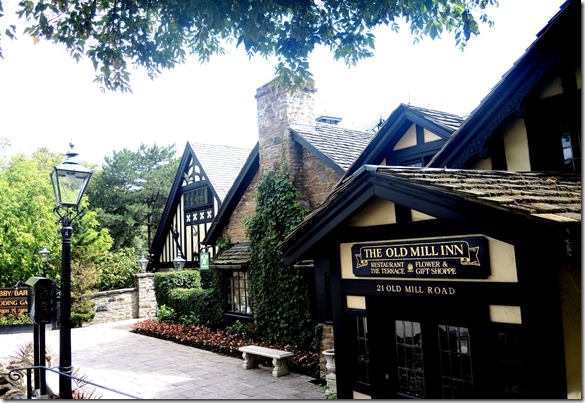
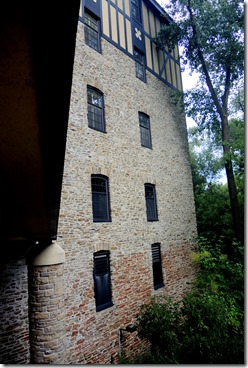
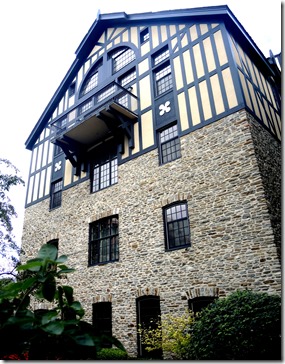
![c. 1899--f1568_it0511-n[1] c. 1899--f1568_it0511-n[1]](https://tayloronhistory.com/wp-content/uploads/2015/08/c-1899-f1568_it0511-n1_thumb.jpg)
![Meadowvale Mill, 1923, f1548_s0393_it18361a[1] Meadowvale Mill, 1923, f1548_s0393_it18361a[1]](https://tayloronhistory.com/wp-content/uploads/2015/08/meadowvale-mill-1923-f1548_s0393_it18361a1_thumb.jpg)
![October 12, 1912 --f1548_s0393_it2913[1] October 12, 1912 --f1548_s0393_it2913[1]](https://tayloronhistory.com/wp-content/uploads/2015/08/october-12-1912-f1548_s0393_it29131_thumb.jpg)
![July 31, 1913-- f1231_it0305[1] July 31, 1913-- f1231_it0305[1]](https://tayloronhistory.com/wp-content/uploads/2015/08/july-31-1913-f1231_it03051_thumb.jpg)
![tea garden, July 22, 1914 --f1231_it0768[1] tea garden, July 22, 1914 --f1231_it0768[1]](https://tayloronhistory.com/wp-content/uploads/2015/08/tea-garden-july-22-1914-f1231_it07681_thumb.jpg)
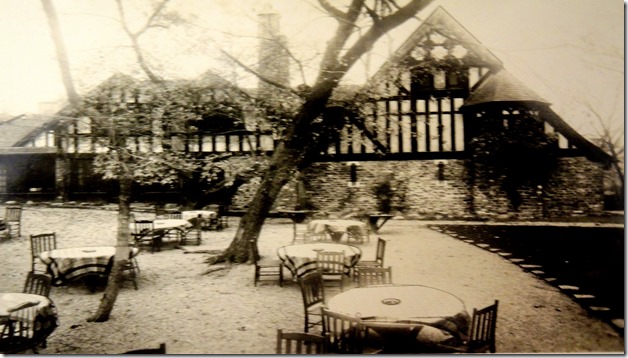
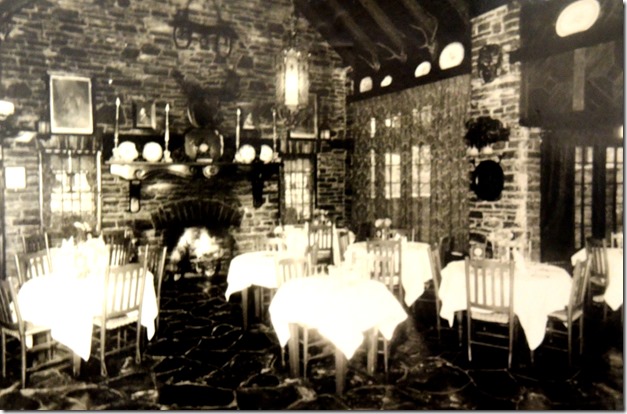
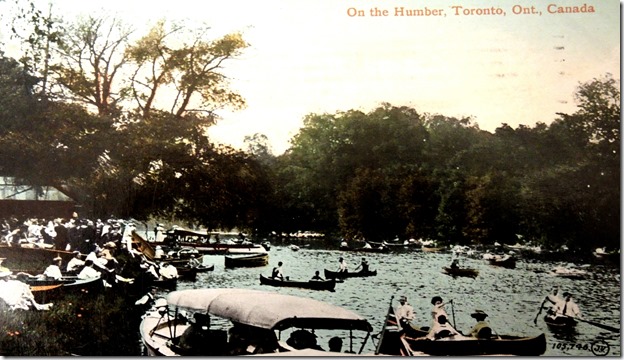
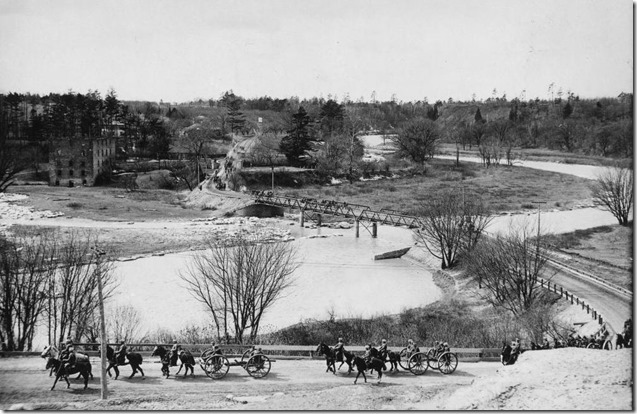
![March 29, 1916. f1231_it0326a[1] March 29, 1916. f1231_it0326a[1]](https://tayloronhistory.com/wp-content/uploads/2015/08/march-29-1916-f1231_it0326a1_thumb.jpg)
![May 21, 1937, f1548_s0393_it24817c[1] May 21, 1937, f1548_s0393_it24817c[1]](https://tayloronhistory.com/wp-content/uploads/2015/08/may-21-1937-f1548_s0393_it24817c1_thumb.jpg)
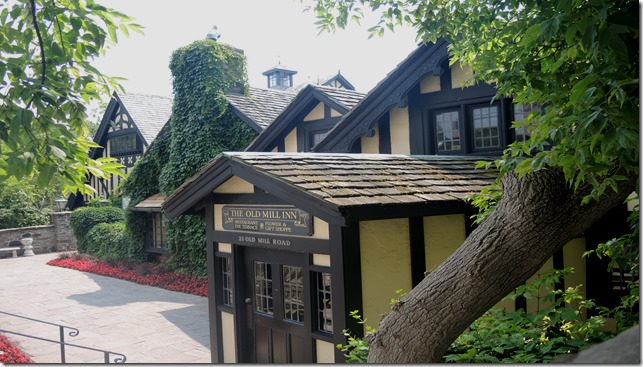
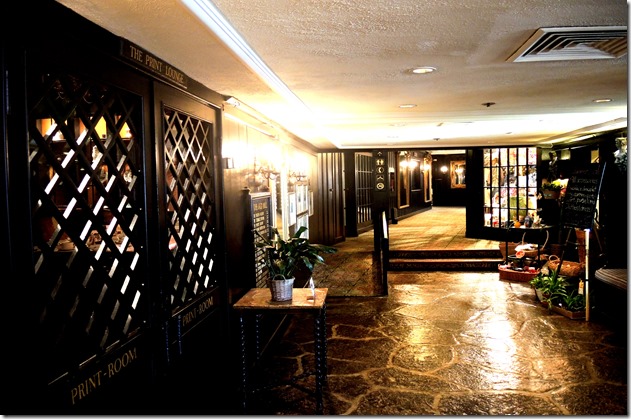
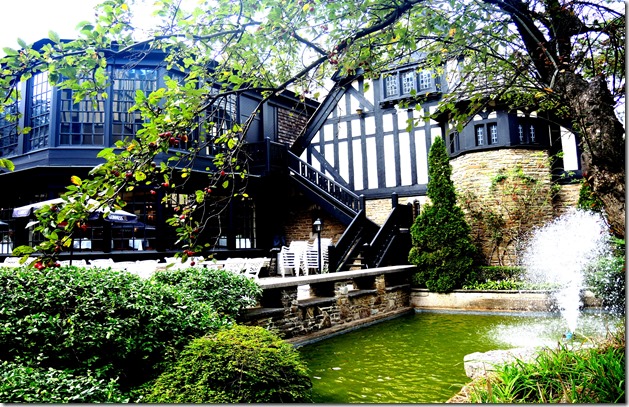
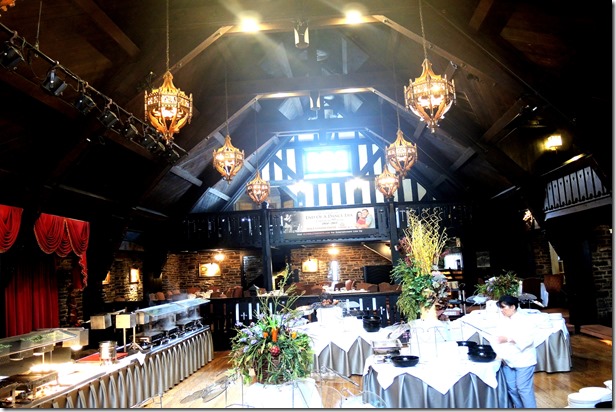
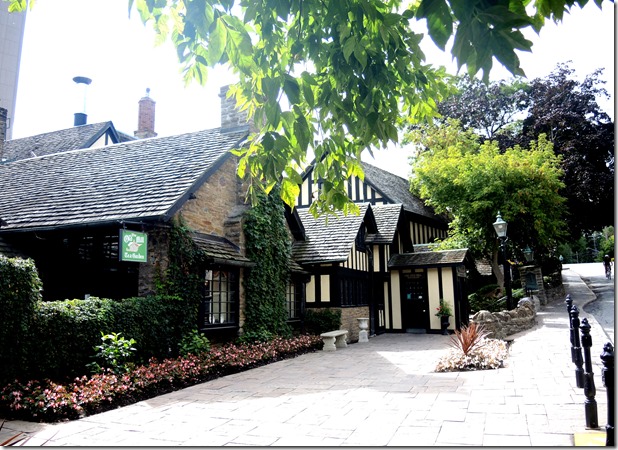
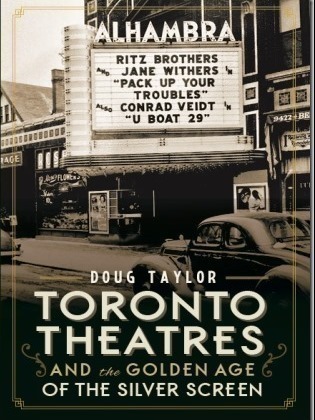


Hello Doug, I would like to use your picture of the Esquire/Lyndhurst Theatre in my blog. I will credit your site. http://www.bernicesjournals.com I am transcribing my Mothers diaries from the 1930’s. She and her family lived on Pacific Avenue. She was a frequent movie goer, The Lyndhurst and Runnymede being her favourites. Do you mind?